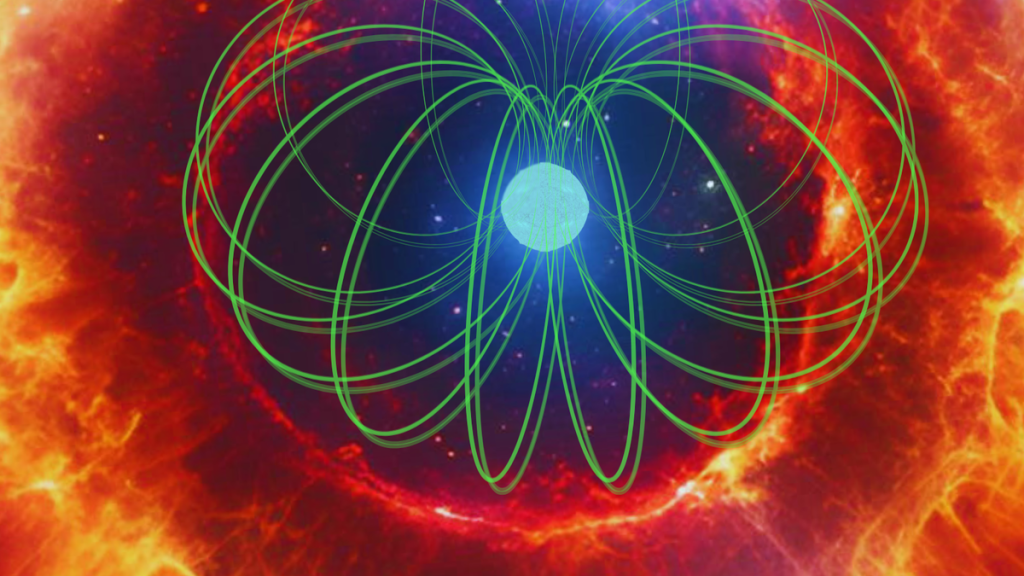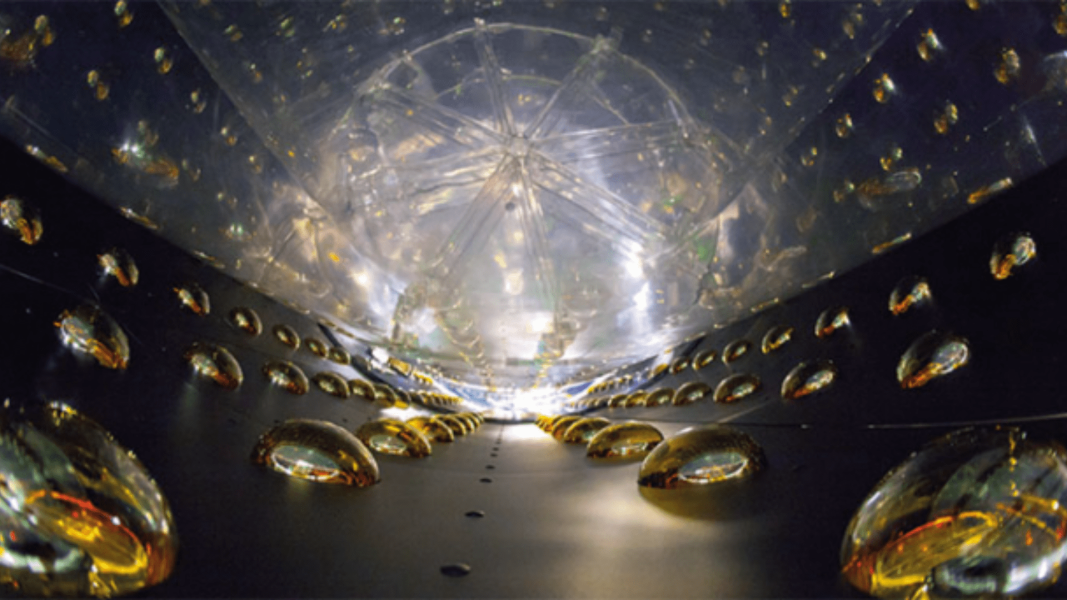Mysterious magnetic stars may arise when supernovas blast out matter – Space.com

No offers found”Most of the external layers of a massive star are removed during the supernova, but some material falls back, making the neutron star spin faster.”
When you purchase through links on our site, we may earn an affiliate commission. Here’s how it works.
Out in the universe lie dead stellar remnants called neutron stars, and these stars gain tremendously powerful magnetic fields when matter ejected from during their explosive supernova deaths falls back toward them. Scientists say the discovery of this dynamo-like mechanism could solve the mystery of so-called “low-field magnetars.”Magnetars are neutron stars with the universe’s most powerful magnetic fields, often hundreds of trillions of times more powerful than Earth’s magnetosphere.Low-field magnetars, first discovered in 2010, are similar stellar remnants that have magnetic fields around 10 to 100 times weaker than “classical” magnetars. Their origins have been a puzzle — until now.The team behind the new research conducted advanced numerical simulations to model the magnetic and thermal evolution of neutron stars.This revealed a dynamo-like process that could allow a neutron star to develop a weaker magnetic field at its surface than is seen around typical magnetars. This process involves supernova-ejected material falling inward during the “proto-neutron star” phase of these stellar remnants’ evolution. The result is known as the Tayler-Spruit dynamo.”This mechanism was suggested theoretically nearly a quarter of a century ago, but it was only recently reproduced using computer simulations,” Andrei Igoshev, research team leader and a scientist at Newcastle University’s School of Mathematics, Statistics and Physics, said in a statement.Neutron stars are created when stars with over 10 times the mass of the sun exhaust the fuel supply used for nuclear fusion at their cores.This results in the stellar core, which has over 1.4 times the mass of the sun (the so-called Chandrasekhar limit), collapsing under its own gravity.That sends shockwaves surging outwards into the upper layer of the star, triggering a massive stellar explosion that blasts away these layers and most of the dying star’s mass. This explosion is referred to as a core-collapse supernova.This leaves the core, a proto-neutron star, in the process of becoming a 12-mile-wide (20-kilometer-wide) stellar remnant so dense that, if brought to Earth, just a teaspoon of its constituent matter would weigh around 10 million tons.The rapid collapse of these stellar cores has other consequences, too. Like an ice skater drawing in their arms to increase their spin speed, the collapse of neutron stars can “spin up” these objects so much that some are capable of spinning up to 700 times per second.Additionally, the core collapse forces magnetic field lines together, thus increasing the strength of the dead stars’ magnetic fields.That leaves an extremely dense, rapidly spinning, highly magnetic stellar remnant surrounded by a shell of cast-off material.However, this material can eventually return to its point of origin, causing the neutron star to become even more extreme and unusual.Breaking space news, the latest updates on rocket launches, skywatching events and more!”Neutron stars are born in supernova explosions,” Igoshev said. “Most of the external layers of a massive star are removed during the supernova, but some material falls back, making the neutron star spin faster.”Igoshev explained that previous research has shown that this process plays a very important role in the formation of a magnetic field via the Tayler-Spruit dynamo mechanism.The Tayler-Spruit dynamo mechanism is thought to convert the angular momentum of infalling plasma to magnetic fields within the neutron star. This is similar to how mechanical dynamos on Earth convert kinetic energy into electrical energy.”The magnetic field formed via this mechanism is very complicated with an internal field inside the star which is much stronger than the external field,” Igoshev said. — A new approach might help scientists see inside a neutron star— Dead star ‘glitches’ could reveal the origins of fast radio bursts — The heaviest neutron star ever observed is shredding its companionIgoshev now intends to establish a new research group at Newcastle University to further investigate the powerful, complicated and mysterious magnetic fields of neutron stars.The team’s research was published on Feb. 4 in the journal Nature Astronomy.Join our Space Forums to keep talking space on the latest missions, night sky and more! And if you have a news tip, correction or comment, let us know at: community@space.com.Robert Lea is a science journalist in the U.K. whose articles have been published in Physics World, New Scientist, Astronomy Magazine, All About Space, Newsweek and ZME Science. He also writes about science communication for Elsevier and the European Journal of Physics. Rob holds a bachelor of science degree in physics and astronomy from the U.K.’s Open University. Follow him on Twitter @sciencef1rst.Exploring Venus may require exotic tech like balloons and ‘aerobots’Black holes could ‘bend it like Beckham’ to reveal hidden asymmetries of the universeAuction offers Neil Armstrong’s reply to NASA engineer’s Apollo 11 mission patch ideas
Space is part of Future US Inc, an international media group and leading digital publisher. Visit our corporate site.
©
Future US, Inc. Full 7th Floor, 130 West 42nd Street,
New York,
NY 10036.
Source: https://www.space.com/rapidly-spinning-neutron-stars-universe-strongest-magnetic-fields






